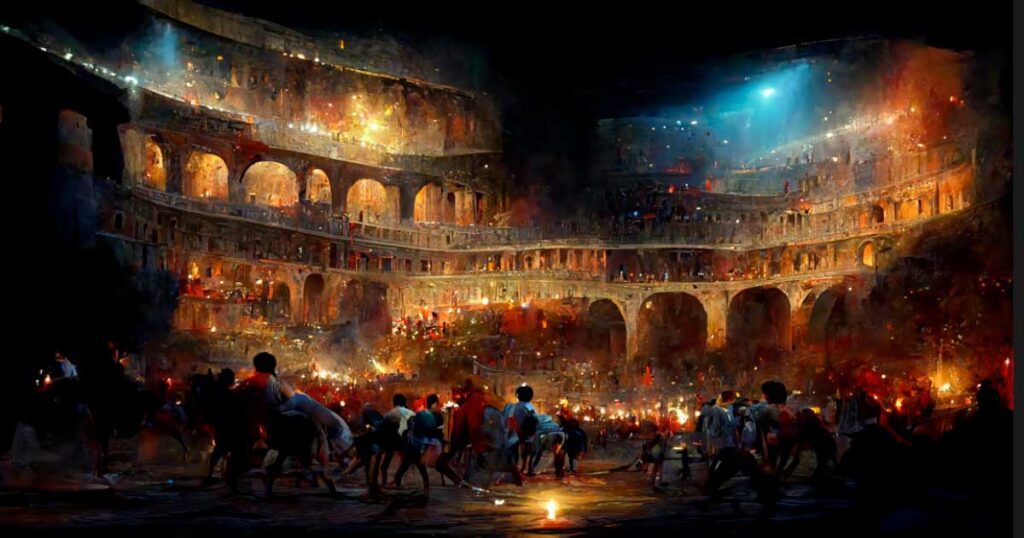Football, also known as soccer, has a rich history that dates back to ancient times. Tracing back to China, Japan, and Korea, where similar games were played, the modern football game began to take shape in Great Britain in the 19th century. The article discusses the standardization of the size and weight of the ball, gender restrictions, and the advent of technology. Despite the changes, football remains one of the most popular sports in the world, a powerful force for cultural exchange, and a symbol of unity and cooperation between nations.
The Evolution of Football: From Ancient Origins to Modern Obsession
Football, also known as soccer, is one of the most popular sports in the world. It has a rich history that dates back to ancient times. Over the years, the game has gone through several transformations, from gender restrictions to the invention of new rules and the advent of technology. This article explores the evolution of football, from its ancient roots to its current status as a global phenomenon.
Origins of Football
The ancient origins of football can be traced back to China, where two teams of between 12 and 16 players kicked a leather ball filled with feathers across a pitch that was 30-40 meters long. The game was known as cuju and was played during the Han dynasty (206 BCE-220 CE). Cuju eventually spread to Japan and Korea, where it evolved into kemari and chuk-guk, respectively.
Meanwhile, in Europe, a ball game called harpastum was played in ancient Rome, which was similar to football in that it involved kicking a ball around a field. However, the game was highly violent and often resulted in serious injuries. It was eventually banned by Roman officials.
The Rules of Football
Football as we know it today began to take shape in Great Britain in the 19th century. One of the earliest known sets of rules for the game was established at Cambridge University in 1848. These rules would later form the basis of the Laws of the Game, which are still used by FIFA today.
One of the major milestones in the evolution of football was the decision to adopt a standardized ball size and weight. Before this, footballs could range in size and weight, which made the game unpredictable and difficult to play. In 1872, the English Football Association approved the use of a ball weighing between 13 and 15 ounces and with a circumference of 27-28 inches.
Gender Restrictions
For much of its history, football was considered a male-only sport. In 1921, the English FA banned women’s football, citing concerns about the impact of the sport on women’s health. The ban was lifted in 1971, but women’s football still didn’t receive the same recognition, funding, and support as men’s football.
It wasn’t until the 1990s that women’s football began to gain more recognition and support. The first FIFA Women’s World Cup was held in 1991, and since then, the sport has continued to grow in popularity and prestige.
The Advent of Technology
The introduction of technology has had a significant impact on football in recent years. One of the most notable changes has been the use of video assistant referees (VAR) to assist with decision-making during matches. VAR has been used in major tournaments like the World Cup and has been praised for its ability to reduce errors and improve the accuracy of officiating.
Another area where technology has had an impact is in player tracking and analysis. GPS tracking devices are now commonly used to monitor players’ movements and performance during training and matches. This data can be used to identify areas where players need to improve and to develop more effective training programs.
Global Popularity
Today, football is one of the most popular sports in the world. It is played and watched by millions of people, and major tournaments like the World Cup and the UEFA Champions League attract millions of viewers from around the globe.
In recent years, football has also become a big business, with clubs like Real Madrid, Manchester United, and Barcelona generating billions of dollars in revenue each year. The sport’s global popularity has made it a powerful force for cultural exchange and diplomacy, with matches often serving as a symbol of unity and cooperation between nations.
Conclusion
The evolution of football from its ancient roots to its current status as a global phenomenon is a testament to the enduring appeal of this beautiful game. From the standardized rules and gender equality to the advent of technology and global popularity, football has changed significantly over the years. However, its core values of teamwork, sportsmanship, and passion have remained constant, making it a beloved sport that continues to capture the hearts and minds of people around the world.
